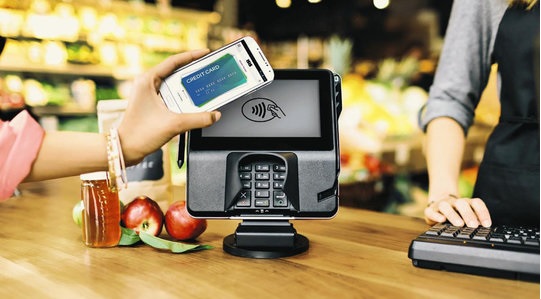
Apple Pay launched with much fanfare in the US in September 2014 and reached the UK in July 2015. Initial adoption rates have been encouraging; however, banks in other markets are more reticent and noting lessons from the initial rollout. The solution faces resistance in many countries, is viewed as a threat by some banks and still needs to prove its value for merchants, according to a new report from Forrester.
In China, Apple Pay has been unable to strike a deal with the country’s central bank and state-owned debit and credit card system. In Australia, which has a high level of contactless payment use, the leading banks have their own mobile payments solutions and, so far, have kept the door closed to Apple Pay. In Canada, which also has high contactless penetration, Apple Pay faces push back from banks over fees and security.
Nevertheless, in its first 12 months, Apple Pay made notable gains in building a meaningful presence in the United States and Britain with financial organizations, retailers and consumers. It leverages tokenization to address security issues, a method that is quickly becoming an industry standard.
In the U.S., 6 percent of iOS users used Apple Pay in the first nine months. According to Apple, its mobile wallet will be available at more than 1.5 million point-of-sale locations in the U.S. by the end of this year. Approximately 455 banks and credit unions in the U.S. support Apple Pay.
Roadblocks
In general, banks are a stumbling block for Apple Pay because they are concerned that Apple’s ownership of the interface will suppress their brand and support disintermediating the bank.
Merchants are looking for value from wallets beyond reduced fraud risk and lower interchange rates, something Apple Pay will need to address. Forrester expects richer merchant solutions leveraging Apple Wallet and iBeacon to be forthcoming.
Apple Pay’s fee structure is an important roadblock, especially since Google is offering Android Pay without a per-transaction fee, thereby reducing Apple’s bargaining power with card issuers.
Despite these challenges, Forrester believes Apple Pay will become a permanent part of the payments landscape in many developed countries. As a result, financial organization need take a close look at whether or not they should be partnering with Apple Pay.
Source: www.mobilecommercedaily.com
Banking 4.0 – „how was the experience for you”
„To be honest I think that Sinaia, your conference, is much better then Davos.”
Many more interesting quotes in the video below: